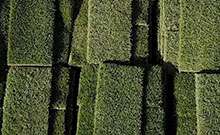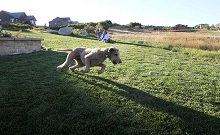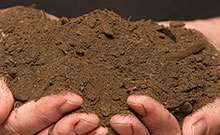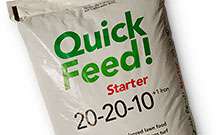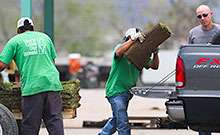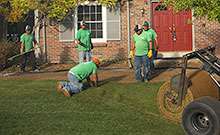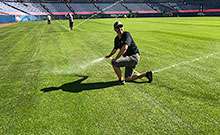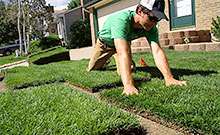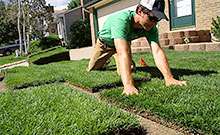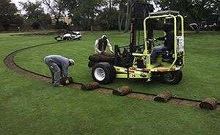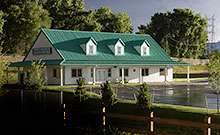The Cup Test
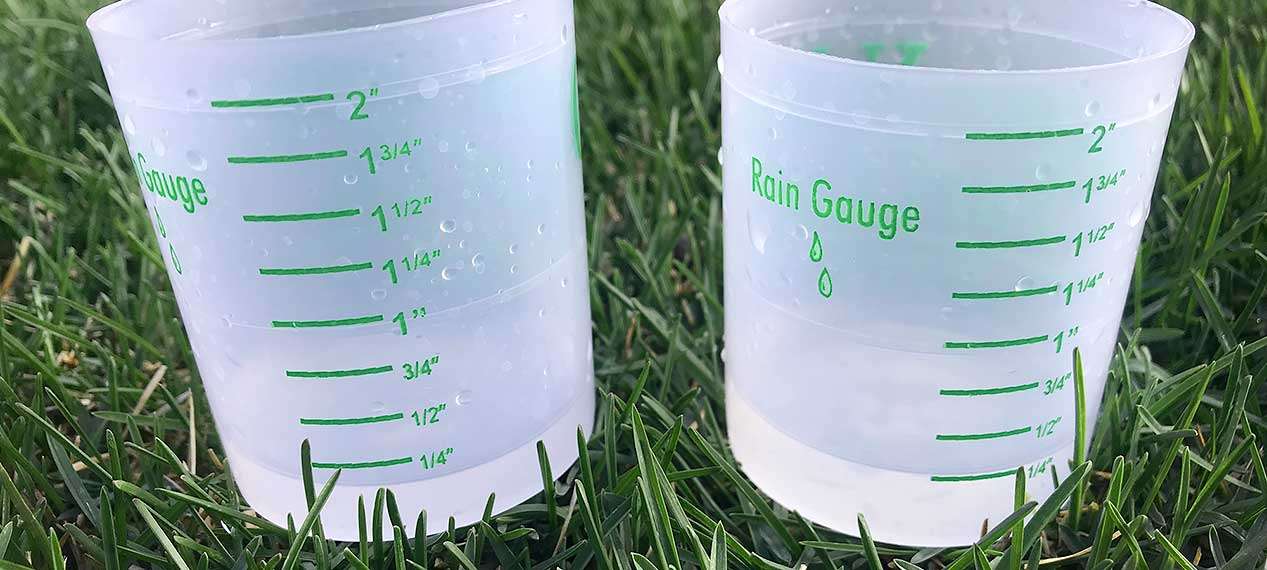
Test your sprinkler system
If you’ve been noticing brown spots in your yard, it is almost always because it’s not getting enough water. The odds of brown spots being caused by anything other than lack of water are very slim. So if you want to check the efficiency of your sprinkler system, the cup test is a great solution! The cup test allows you to test the spread of water over your lawn. Is my sprinkler system distributing water evenly? Are all of my sprinkler heads working as they should be? Should certain irrigation zones be getting more or less water than others? The cup test can help answer all of these questions.
What is the Cup Test?
The cup test entails setting out containers of the same size — plastic cups or rain gauges will work — in different locations around the yard. Place two cups in each sprinkler zone, one closer to the sprinkler head and one farther away, and run the sprinklers. This will determine how much water the sprinkler is putting out and how evenly. Often brown spots appear because sprinklers are clogged or not properly adjusted and are watering your yard unevenly.
How to perform the cup test
You can calculate the amount of water your sprinkler system is applying by running your sprinklers for approximately 15 minutes. Then, observe how much water is in each container and multiply that by 4. That will give you an idea of how much water is applied per hour. Calculating the hourly amount of water is useful for determining if your sprinkler system is distributing too much, too little, or just enough water to keep your yard healthy.
Understanding your findings
The cup test helps determine how much water is being laid down by your sprinklers. So, for example, if you run your sprinklers for 15 minutes, and each cup receives a quarter-inch of water, that means your sprinklers are distributing 1 inch of irrigation per hour. Kentucky Bluegrass traditionally needs about .25 to .5 inches of water per week in the cooler spring and fall months, and about 1 to 1.25 inches per week in the hotter summer months. So, knowing how much water your sprinkler system is distributing per hour is useful information to prevent over or underwatering.
Common Sprinkler Problems
Different sprinkler problems cause dry or brown spots in your lawn. Low pressure in your sprinkler heads can cause the water stream to be thin and not reach far enough. Alternatively, high water pressure can cause sprinklers to spray too far and miss the grass immediately surrounding the sprinkler head. Pop-up sprinklers can sometimes get caught in the ground and not emerge fully, only watering a portion of the area they should be. The cup test allows you to discern which sprinkler system problem could be causing issues in your lawn.
In Conclusion
The cup test is pivotal in making sure your sprinkler system is running as efficiently and effectively as it can be. By performing regular sprinkler maintenance and consistently checking that everything is running correctly, you can cut down on your water usage while still making sure your lawn is getting enough water to keep it thriving. For any questions on proper lawn maintenance and even a free rain gauge of your own, stop by our office or call us to chat with a professional!

